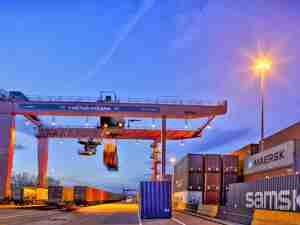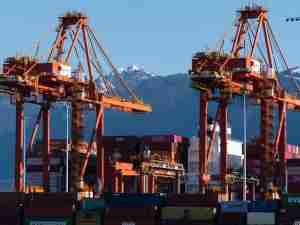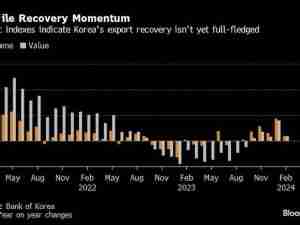Beef could be in the sweet spot this time. The country is striving to remain self-sufficient in grains, so would want to discourage a tide of corn imports to take advantage of growing demand for animal feed.
Pound for pound, cattle consume more feedmeal than pigs or chickens, making beef production a disproportionate drain on hard-pressed supplies of corn and soybeans. China's policy makers may have decided it's better to buy beef than to ship in grains for cattle fodder. " China's beef demand is growing steadily, but stocks of cows have been declining a lot," said Wang Jimin, researcher with the Institute of Agricultural Economics of the China Academy of Agricultural Sciences. "High breeding costs and low breeding profits have led farmers to cull cows."
Beijing is tightening monetary policy, but the omens for global commodities markets are good: China is promising to import more in 2011 and to continue developing a more consumption-focused economy.
A further potential boon for demand came from Commerce Minister Chen Deming's statement last week that China needs to build up its reserves of meat, sugar and other commodities next year.
Beef is largely a premium product in China, but tastes, waistlines and budgets are rapidly expanding among the urban population. The Beijing minimum wage is set to rise by 21 percent on Jan 1, six months after a 20 percent hike.
A U.S. Department of Agriculture report in September estimated China's beef production will fall 2 percent in 2011 to 5.45 million tonnes, resulting in imports growing 20 percent to 30,000 tonnes. Live cattle imports are expected to double this year to 90,000 head and keep rising in 2011 due to dairy demand.
Beef Imports to Climb
With China agreeing to resume imports of beef from the United States and Argentina this month and Cattlemen's Association in Canada expecting to resume exports soon -- shipments can only go higher.
USDA had earlier said China's beef imports could be "substantially" higher if it reopened its market to Canadian and U.S. beef, banned since 2003 due to bovine spongiform encephalopathy, popularly known as "mad cow disease".
Pan Chenjun, a senior analyst at Rabobank, said beef demand was likely to increase to 7.4 million tonnes in 2015, up 30 percent from 5.7 million tonnes in 2009.
"We expect China's beef imports to grow steady and it will become a major importer," said Pan. "China is already a net importer, but beef is not staple meat in China."
China's has been nearly self sufficient in beef, with production and consumption in 2009 stable at 5.7 million tonnes, which is 10 percent of the world beef output of 56.7 million tons.
U.S. cattle and hog futures have already started pricing in additional demand from China. The benchmark cattle futures <0#2LC:> set two-year highs at the Chicago Mercantile Exchange this week, while hogs <0#2LH:> are trading at six-month top. "The meat supply is currently sufficient, but the long term target for the government is to increase the imports to meet local demand," Pan said, adding that the government would also be cautious about buying meat overseas in large volume.
"Anyway, whatever China buys, the prices will surge."
China has been a net exporter of beef since 2004, shipping about 10,000-60,000 tonnes a year. This year it has flipped to importing, with net imports of 2,200 tonnes of frozen and chilled beef in the first 11 months of the year.
Pork to Follow
Another potential winner in China's next import spree could be pork, the staple meat for China's huge population.








